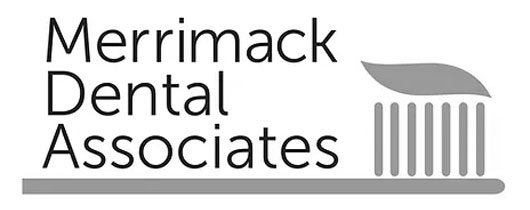Tooth extraction is a standard dental procedure that requires proper aftercare to heal well and maintain oral health. Although having a tooth pulled may sound scary, knowing how to heal properly can really help. This simple guide offers important tips for aftercare following a tooth extraction. By following these tips, you can recover smoothly and return to your normal routine with ease and confidence.
Understanding Tooth Extraction Aftercare
Tooth extraction aftercare includes essential steps to help you heal, avoid infections, and handle any pain. Following these tips will help you recover better and reduce the chance of problems.
Every extraction is different. Your dentist will give you tailored advice based on the complexity of the procedure. If you have any concerns or questions about your healing, make sure to talk to your dentist.
Immediate Actions Post-Extraction: What to Do
As the local anesthetic wears off, focus on caring for your mouth. Your dentist will put a gauze pad on the extraction site. This helps control bleeding and prevents a blood clot from forming. It is important to keep the gauze pad on for a few hours to help the clotting process.
When you remove the gauze, you might see some slight bleeding. This is normal. However, if the bleeding continues or gets worse, you should call your dentist. A blood clot is needed to protect the extraction site and help it heal.
Do not rinse or spit hard. This can move the blood clot from its place. Instead, you can dab your mouth with a clean, damp gauze or cotton ball if needed. Your dentist will tell you when it is safe to start brushing and rinsing again.
The First 24 Hours: A Critical Period
The first day after a tooth extraction is very important for forming a blood clot and starting the healing process. You should rest a lot and avoid doing things that could slow down healing. Here’s what you can do:
- Control Swelling with Ice: Apply an ice pack to the affected area for 10-20 minutes at a time, taking breaks in between to reduce swelling.
- Manage Pain: Use pain relievers provided by your dentist or recommended for you.
- Stay Hydrated: Drink plenty of water, but do not use a straw, as it can dislodge the blood clot.
During this healing period, do not smoke, as it can hurt your body’s healing. If you have heavy bleeding, severe pain, or any odd symptoms, call your dentist right away.
Managing Pain and Swelling After Extraction
Pain and swelling often happen after tooth extraction. You can manage these issues with the right care. It’s important to follow your dentist’s advice about pain relief. You can use over-the-counter pain relievers or prescription medications to help ease your discomfort.
Home remedies, like ice packs on the affected area, can also reduce swelling and help you heal. If the pain does not go away or worsens after a few days, it’s essential to see your dentist. They can check for any problems.
Effective Pain Management Strategies
Managing pain well is essential for a comfortable recovery. Your dentist may prescribe pain medicine or over-the-counter pain relievers to help with discomfort. Make sure to follow the dosage instructions. If you have any questions about the medicine, talk to your dentist.
In addition to medicine, you can try natural ways to relieve pain. For example, you can put a cold compress on the affected area. The cold can help numb the spot and reduce swelling, giving you extra relief.
Pain management is closely related to oral health. While you might feel discomfort, keeping your mouth clean is vital to avoid infections. Follow your dentist’s advice about brushing, flossing, and using mouthwash to maintain good oral hygiene.
Reducing Swelling: Tips and Tricks
Swelling happens when your body heals, but you can help it go down and feel better. One good way to lower swelling is to use an ice pack wrapped in a thin cloth. Hold the pack on the affected area for 10-20 minutes, taking breaks between each use.
After the first day, you can switch to a warm compress. This helps bring more blood to the area and can reduce swelling even more. Following your dentist’s advice, you should also gently rinse your mouth with warm water and salt. This promotes healing and keeps your mouth cleansed.
Keep in mind that everyone heals at their own pace, and the healing time can be different for each person. You may notice some swelling for a few days, but it should start to go down as you follow the aftercare steps.
The Importance of Blood Clot Protection
After a tooth extraction, a blood clot forms at the extraction site. This clot is essential for healing and helps stop problems. It acts as a barrier that protects the bone and nerves below it from food, bacteria, and other irritants.
If you disturb or knock out the blood clot, you might experience a painful issue called dry socket, which can slow down the healing process. So, it’s essential to take care of and protect the blood clot during the first days after your extraction.
Learn More About Tooth Extraction Aftercare
Following the right aftercare guidelines is essential to have a good recovery after tooth extraction. After the extraction, do immediate tasks and manage pain and swelling well. Each step is key to your healing process. Remember to protect the blood clot, eat healthy foods, and avoid activities that could hurt your recovery. By taking care of your oral health after extraction, you can speed up healing and avoid problems. If you want to learn more about proper tooth extraction aftercare, contact Hassey Do Duy TK Dental today.




